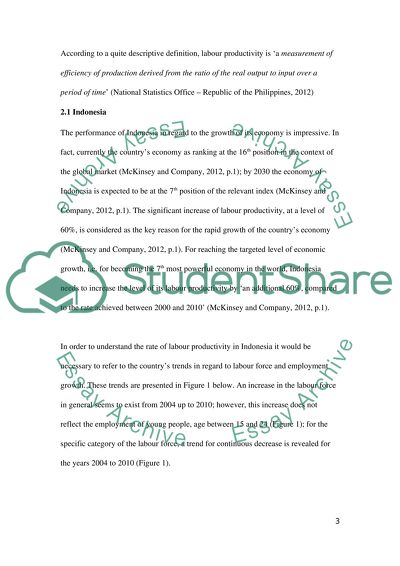Cite this document
(“Labour productivity in mining and agriculture using Indonesia, The Essay”, n.d.)
Retrieved from https://studentshare.org/macro-microeconomics/1404503-labour-productivity-in-mining-and-agriculture
Retrieved from https://studentshare.org/macro-microeconomics/1404503-labour-productivity-in-mining-and-agriculture
(Labour Productivity in Mining and Agriculture Using Indonesia, The Essay)
https://studentshare.org/macro-microeconomics/1404503-labour-productivity-in-mining-and-agriculture.
https://studentshare.org/macro-microeconomics/1404503-labour-productivity-in-mining-and-agriculture.
“Labour Productivity in Mining and Agriculture Using Indonesia, The Essay”, n.d. https://studentshare.org/macro-microeconomics/1404503-labour-productivity-in-mining-and-agriculture.


